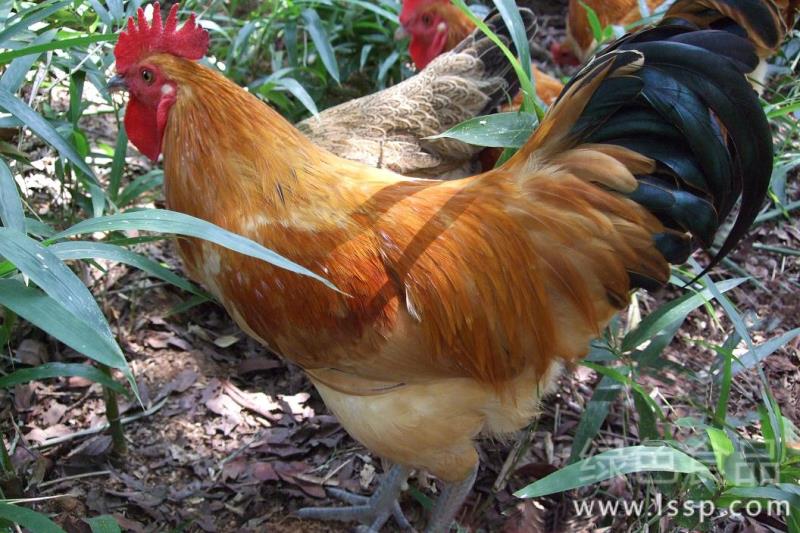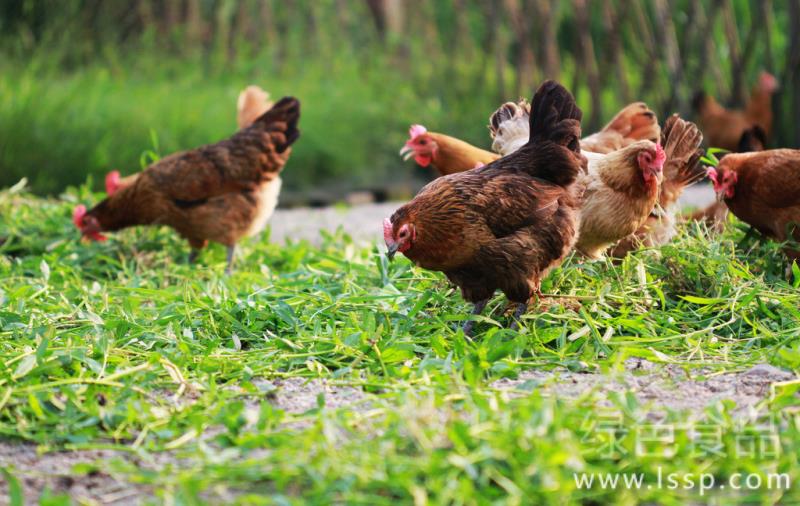How to prevent and cure soft shell disease in shrimp culture
Soft shell disease is easy to occur in shrimp culture, and both adult and young shrimp can get sick. The incidence of soft shell disease is closely related to culture environment and feed quality. The editor will give you a detailed introduction to the prevention and treatment of soft shell disease of shrimp.

Soft shell disease of shrimp
1. Prepare to clear the pond:
Remove the mud from the bottom of the shrimp pond, dry the pond for 15 to 30 days, and expose until the sediment is cracked. 15 days before seedling release, 10cm water was injected into the pond, and 150kg quicklime per mu of shrimp pond was used for disinfection. Ten days later, the water was injected into the pool with a water level of 0.6 meters. Three to five days before seedling release, rotten organic fertilizer was applied in shrimp ponds with 15-20 kg per mu to cultivate natural bait for shrimp fry.
two。 Seedling stocking:
After entering the pond, shrimp seedlings must be temporarily reared for 7 days and 10 days in a small body of salty water in the culture pond. Draw a small pool according to 10% of the total area and separate it from the large water body by digging the mud of the small pool. On the day of release, crude salt and magnesium sulfate were used to match the salinity of small water body to 1.5 ‰ according to the proportion of shrimp artificial seawater, which must be completed 2 hours before the shrimp fry entered the pond. When the shrimp fry reaches the edge of the pond, you should first put the oxygen bag into the shrimp pond for 20 minutes, and then release the shrimp fry. 1 mu prawn temporary culture pond is equipped with a small blower, even 10 to 20 inflatable stone balls, the amount of inflation should be moderate, so as not to mix up the pool water. After that, water was added to the small water body every other day, and the salinity of the small water body was close to 0 after 10 days. At this time, the fence was removed and the shrimp seedlings entered the large water body of the pond. Large water body requires water and fertilizer, and if the pool water is too clear in the early stage, topdressing (organic fertilizer or compound fertilizer) should be carried out to ensure that the pool water becomes thicker and there are a lot of algae.
3. Water quality management:
The main results are as follows: (1) Aquatic asparagus, which accounts for 10% of the total area of the shrimp pond, is planted in the shallow water around the shrimp pond. Aquatic asparagus not only purifies the water quality, but also provides shelter and habitat for shrimp shelling, and increases the yield by thinning the relative density of shrimp.
(2) before the shrimp seedlings entered the large water body, 10 kg of quicklime was sprinkled in each mu of shrimp pond every 15 days, and then sprinkled with photosynthetic bacteria (10 days before the application of photosynthetic bacteria, without any drug). The standard of photosynthetic bacteria was 3 × 10E9 live bacteria / ml and the dosage was 10 ml / m3. It should be applied at noon on a sunny day to reduce the content of ammonia nitrogen and improve water quality.
(3) the pond is equipped with a 3-kilowatt aerator per 5 mu, which runs for 5 hours a day, mainly in the latter part of the night, and increases to 10 hours in the later period, and ensures that it is open for 2 hours at noon on a sunny day to regulate the water quality. Usually adhere to observe the water color and shrimp activities and feeding, timely adjustment, feeding and start the aerator.
Shrimp culture
4. Feeding management:
The main results are as follows: (1) only a small amount of crushed pellet No. 0 of Penaeus vannamei was added every day in the first 10 days. After entering the large water body, prawns were thrown three times a day, at 8: 00 in the morning, in the deep water area, 30% in the shallow area at 4: 00 in the afternoon, 30% in the shallow area, and 40% in the shallow area at 9 pm. The dosage per mu increases gradually from 0.5 kg per day, and the bait will be eaten after 2 hours. In the later stage of shrimp culture, the daily food intake per mu should reach 15 kg.
(2) in order to prevent soft shell disease, animal bait (crushed fresh snail) was fed regularly for 3 days before shelling of shrimp every month, so as to improve the survival rate of shelled shrimp. From the second day after shelling, the pellet feed with calcium, magnesium and phosphorus was fed in time for 5 days, and then 15 kg zeolite powder (calcium fluoride), 1.5 kg calcium dihydrogen phosphate and 2 kg magnesium sulfate were sprinkled in each mu of water to increase calcium and magnesium ions in water, absorb poisons, and last for 3-5 days to reduce soft shell disease and secondary diseases of shrimp.
5. Disease prevention and control:
The main results are as follows: (1) one week after the shrimp entered the pond, the prawns were treated with 0.4 g / m3 of strong chloride, followed by another use of ciliate-killing chitin and fungicides (octohydantoin, dibromohydantoin, etc.).
(2) in the later stage, sprinkle zeolite powder, calcium dihydrogen phosphate and magnesium sulfate to increase calcium and magnesium ions, absorb poisons, and reduce soft shell disease and secondary diseases of shrimp. At the same time, aquatic plants were planted and biological agents were put into the water to purify the water. After taking the above measures, the content of ammonia nitrogen in shrimp ponds could be reduced from 2.0 mg / L to 0.5 mg / L.
- Prev

Prevention and treatment of stubborn diarrhea in broilers with high temperature and humidity
Prevention and treatment of stubborn diarrhea in broilers with high temperature and humidity
- Next

Green fodder to promote chicken growth and development matters needing attention in feeding green fodder to chickens
Green fodder to promote chicken growth and development matters needing attention in feeding green fodder to chickens
Related
- On the eggshell is a badge full of pride. British Poultry Egg Market and Consumer observation
- British study: 72% of Britons are willing to buy native eggs raised by insects
- Guidelines for friendly egg production revised the increase of space in chicken sheds can not be forced to change feathers and lay eggs.
- Risk of delay in customs clearance Australia suspends lobster exports to China
- Pig semen-the Vector of virus Transmission (4)
- Pig semen-the Vector of virus Transmission (3)
- Five common causes of difficult control of classical swine fever in clinic and their countermeasures
- Foot-and-mouth disease is the most effective way to prevent it!
- PED is the number one killer of piglets and has to be guarded against in autumn and winter.
- What is "yellow fat pig"? Have you ever heard the pig collector talk about "yellow fat pig"?

